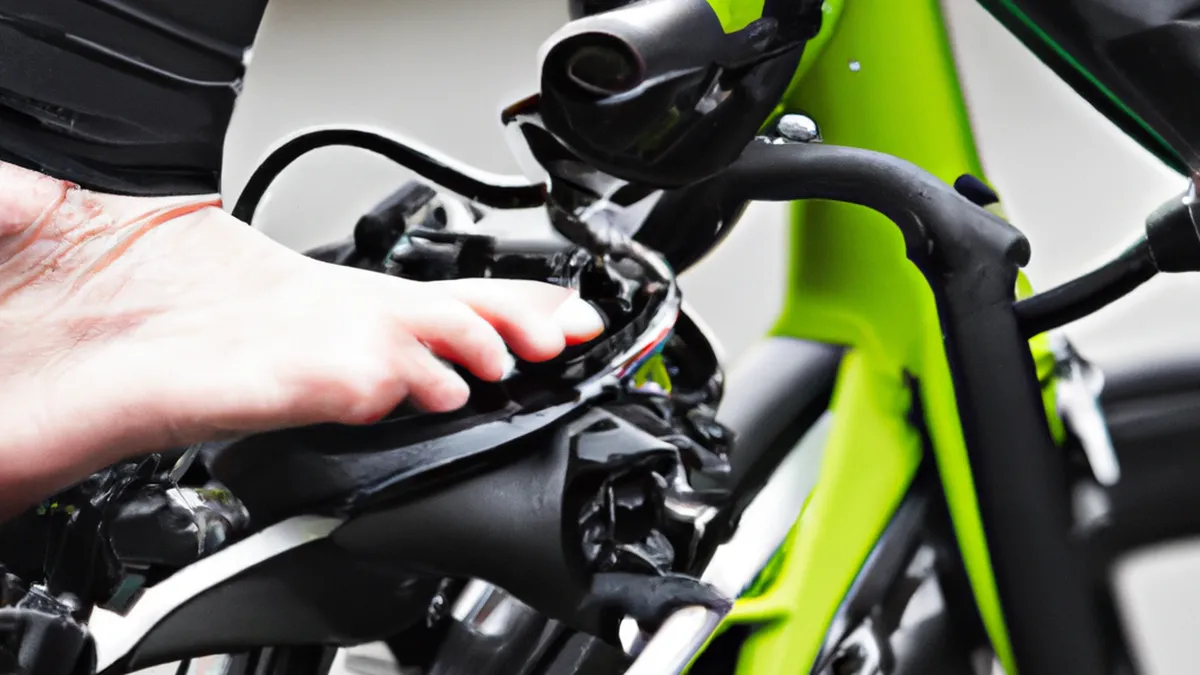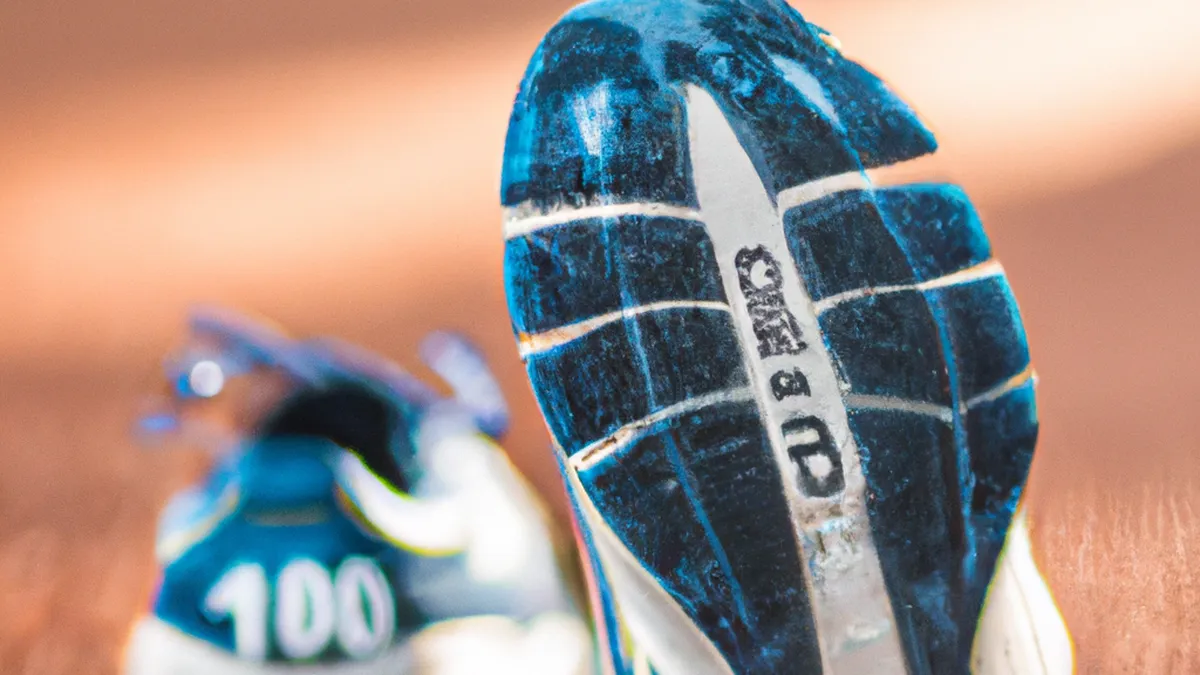Brake Smart: Techniques for Steeper Slopes
Downhill Braking and Control MethodsNavigating downhill terrains challenges riders on bikes, skateboards, or other wheeled equipment. Mastering braking and control methods ensures safety and performance. Understanding these techniques enhances your confidence and enjoyment during rides. Let’s explore effective strategies for managing downhill descents, including body positioning, braking techniques, and practical control tips.
Understanding the Basics of Downhill Control
Gravity aids you while heading downhill, but it can also create challenges. Riders often experience a rush of speed, leading to anxiety. Controlling speed and maintaining stability is crucial for safety. Let’s examine fundamental aspects that contribute to effective downhill riding.
Body Positioning
Your body position significantly impacts your control while descending. A proper stance helps you maintain balance and traction. Consider these key points:1. **Lean Back**: Lean back slightly when riding downhill. This positioning shifts your weight toward the rear wheel, preventing the front wheel from lifting. Balanced weight distribution enhances control on steep descents.2. **Bend Your Knees**: Keep your knees slightly bent to absorb bumps and terrain irregularities. This flexibility maintains traction and allows quick responses to surface changes. A lower center of gravity increases stability and simplifies navigation around turns and obstacles.3. **Arms and Elbows**: Keep your arms relaxed and slightly bent. This position enhances shock absorption and provides flexibility for steering. Keeping your elbows out helps maintain balance and control, especially on rough patches.
Brake Techniques
Using brakes properly is vital for safe downhill riding. Different methods help you manage speed effectively and ensure a controlled descent. Understanding both front and rear brakes is essential for maintaining balance.1. **Front Brake**: The front brake offers significant stopping power and slows you down quickly. Use it cautiously to avoid flipping over the handlebars, especially on steep descents. Practice gradually to understand its power better.2. **Rear Brake**: The rear brake provides stability and allows gradual slowing without risking a fall. This brake is particularly useful on steep descents. Using both brakes together often yields the best control and stability.3. **Feathering**: This technique involves lightly tapping the brakes to control speed without stopping completely. Feathering helps maintain momentum while keeping your speed in check. This method works well in technical descents, where sudden braking risks loss of traction or control.
Tips for Effective Downhill Braking
As an Amazon Associate I earn from qualifying purchases.
Gear tip: consider triathlon wetsuit, race bib belt, and elastic laces to support this topic.
Follow these tips to enhance your downhill braking skills.
Conclusion
In summary, mastering body positioning and brake techniques boosts your downhill riding skills and confidence.
Below are related products based on this post:
FAQ
What is the importance of body positioning when riding downhill?
Body positioning is crucial for maintaining balance and traction while descending. Leaning back slightly shifts your weight toward the rear wheel, preventing the front wheel from lifting. Keeping your knees bent helps absorb bumps, while relaxed arms allow for better shock absorption and steering control.
How should I use my brakes when riding downhill?
Using brakes properly is essential for safe downhill riding. The front brake provides significant stopping power but should be used cautiously to avoid flipping over the handlebars. The rear brake offers stability and allows for gradual slowing, making it particularly useful on steep descents.
What are some common mistakes to avoid while descending downhill?
Common mistakes include leaning too far forward, which can lead to losing control or flipping over the handlebars. Additionally, relying solely on the front brake can cause abrupt stops and instability. It’s also important to avoid locking the brakes, as this can result in skidding and loss of traction. Being aware of these pitfalls will help improve your overall safety and control while riding downhill.















Post Comment